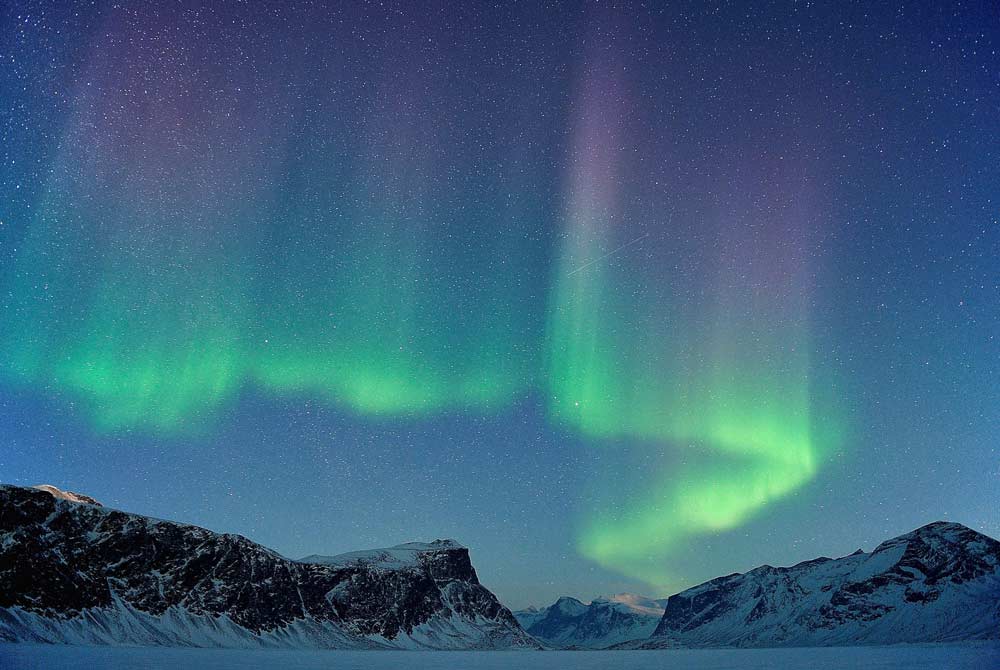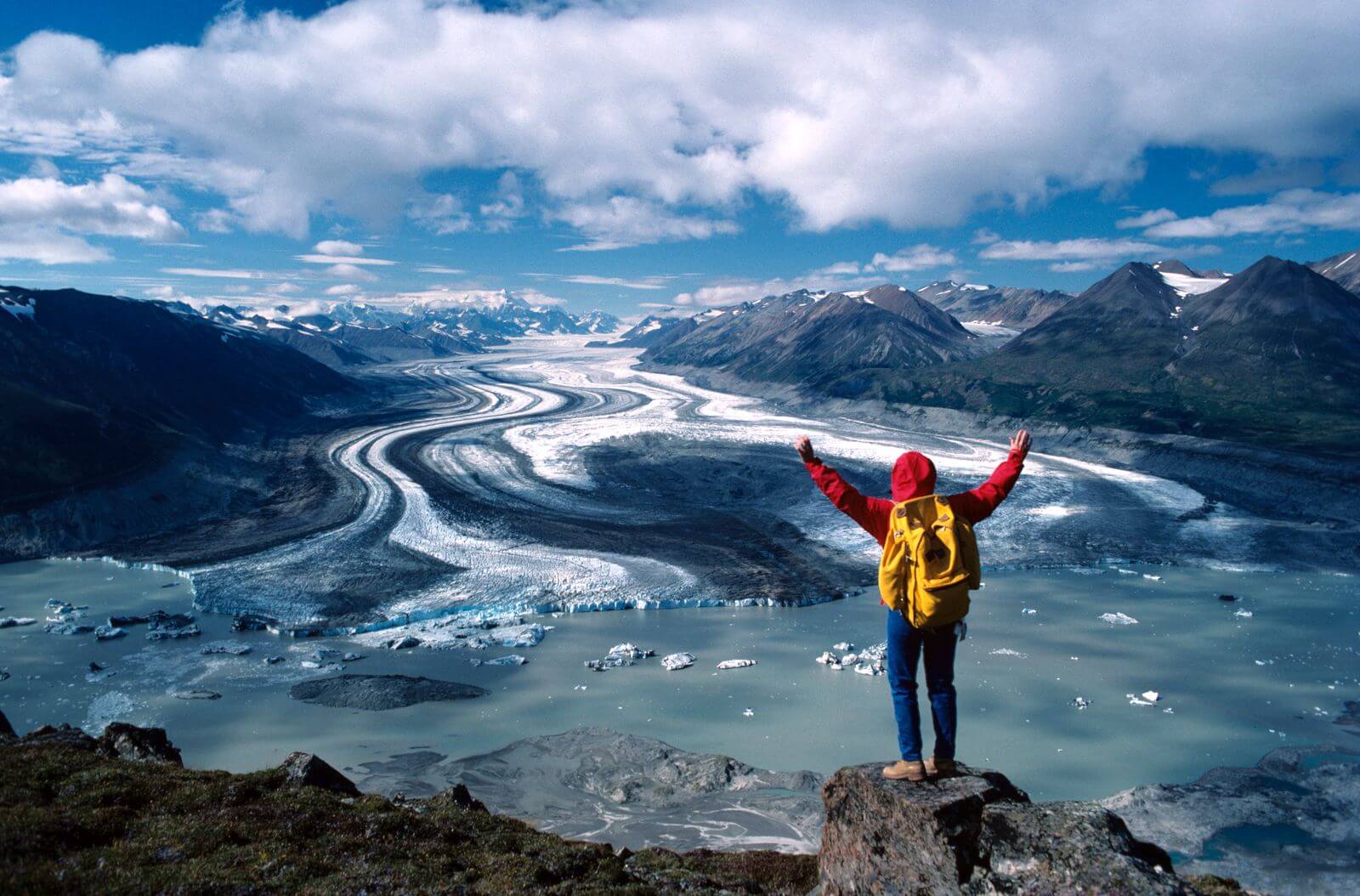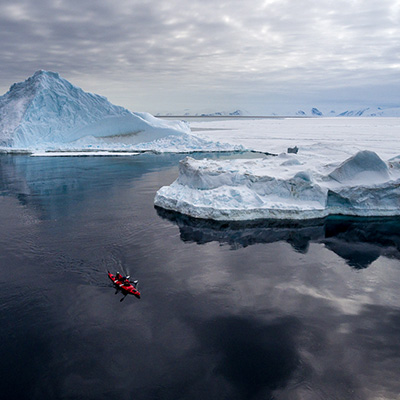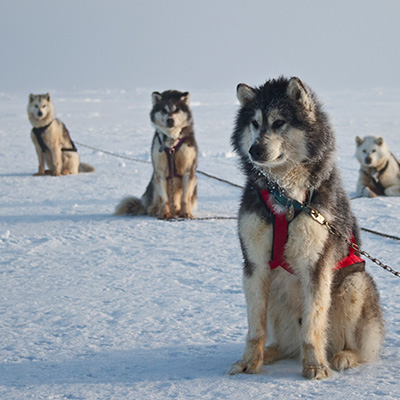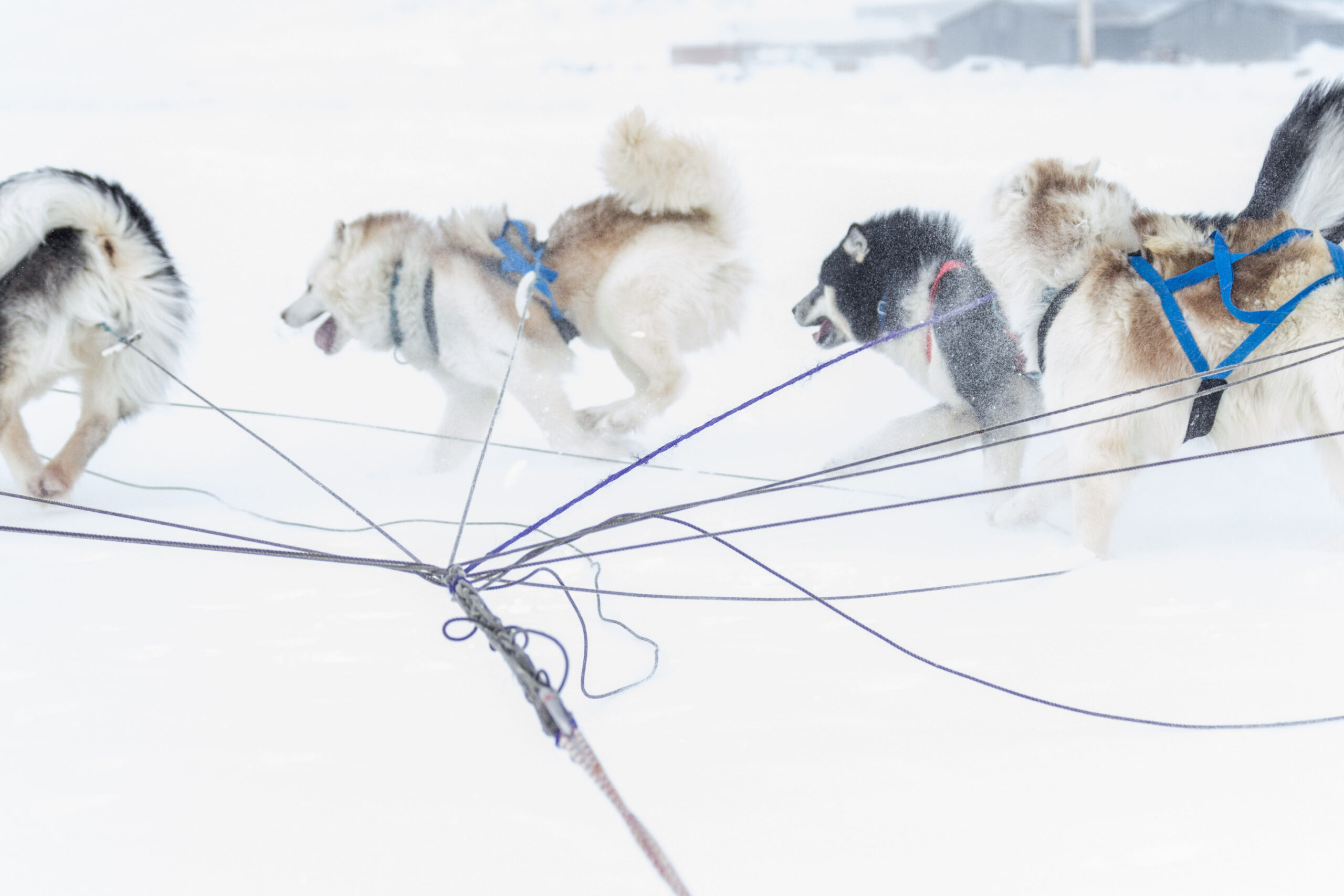Also known as ‘Kangiqtugaapik’ in Inuktitut, the scenic community of Clyde River is located in the spectacular fiord landscape of the Baffin Mountains along the northeastern coast of Baffin Island.
Ten magnificent fiords are found within a 100 kilometre (62 mile) radius of the community, including Sam Ford Fiord, the site of world-famous vertical climbing walls.
Wildlife abounds throughout the region, including polar bears, seals, narwhals, bowhead whales, caribou, arctic hare, arctic fox and numerous species of migratory birds. Expert local guides are pleased to show you these incredible natural sites and introduce you to their traditional Inuit culture. ‘Kangiqtugaapik’ artists are famous for the quality of their whalebone carvings.
Gallery
850
95% Inuit
Inuktitut, English
Longitude 68° 30’ W
Latitude 70° 30’ N
Elevation 27m
Located on a flood plain in mountainous terrain that is part of the Arctic Cordillera, Clyde River is surrounded by spectacular fiords that extend to the Barnes Ice Cap.
WEATHER & CLIMATE
The region is known for high winds, which are constant most of the year. Winter temperatures hover around -30°C and can sometimes drop to -40°C. The winter sun sits low on the horizon from mid-November to the end of January. December days enjoy about one hour of twilight. Spectacular displays of Northern Lights (Aurora Borealis) are frequent here.
| Average Temperature in Clyde River | |||
|---|---|---|---|
| January | -28oC | February | -30oC |
| March | -27oC | April | -19oC |
| May | -9oC | June | 1oC |
| July | 4oC | August | 4oC |
| September | 0oC | October | -8oC |
| November | -18oC | December | -25oC |
HISTORY
Generations of Inuit families migrated here, travelling enormous distances from other parts of what is now called Nunavut to visit relatives and seek partners. Many centuries before Columbus ever sailed the Atlantic, the first Europeans to visit the Clyde River area were Norse Vikings around 1,000 AD. They called this magnificent place ‘Helluland.’
Clyde River was given its English name by the British explorer John Ross in 1818. Subsequent British explorers Robert Bylot and William Baffin mapped the region.
Throughout the 19th century, whalers actively hunted bowhead in the waters of Baffin Bay. The Hudson Bay Company built a trading post here in 1924. The Government of Canada established a grade school in Clyde River in 1960.
ACTIVITIES AND WILDLIFE
Kangiqtugaapik’ is considered the artistic centre of Inuit whalebone carving in Nunavut. Stone sculptures are also created here from a distinctive, light green stone found north of Clyde River. The local carvings and sculptures vary in style from highly realistic depictions of animals, people and hunting scenes to whimsical renderings of dancing animals.
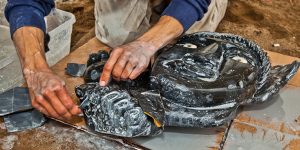
ARTS AND CULTURE
‘Kangiqtugaapik’ is considered the artistic centre of Inuit whalebone carving in Nunavut. Stone sculptures are also created here from a distinctive, light green stone found north of Clyde River. The local carvings and sculptures vary in style from highly realistic depictions of animals, people and hunting scenes to whimsical renderings of dancing animals.
PARKS
(Proposed) Clyde River Territorial Park
The Government of Nunavut is investigating the potential for establishing a territorial park in the beautiful Clyde River area.


